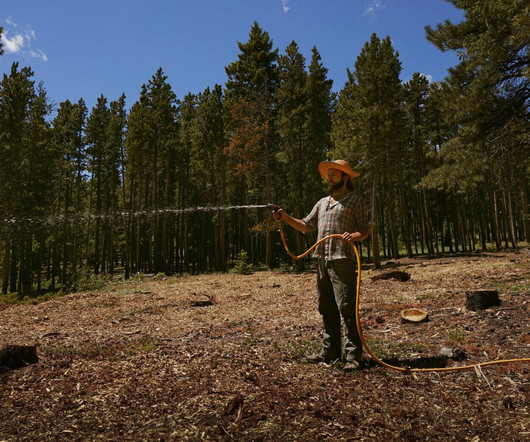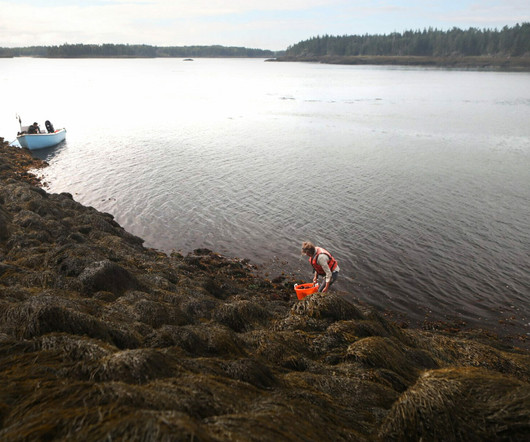How mushrooms can prevent megafires
Food Environment and Reporting Network
JULY 10, 2023
In response, the federal government has committed nearly $5 billion in the Inflation Reduction Act and Bipartisan Infrastructure Law to thinning forests on about 50 million Western acres over the next 10 years. We do hundreds to thousands of acres of fire mitigation a year,” Ravage said. He hopes to show that fungi can do it better.











Let's personalize your content